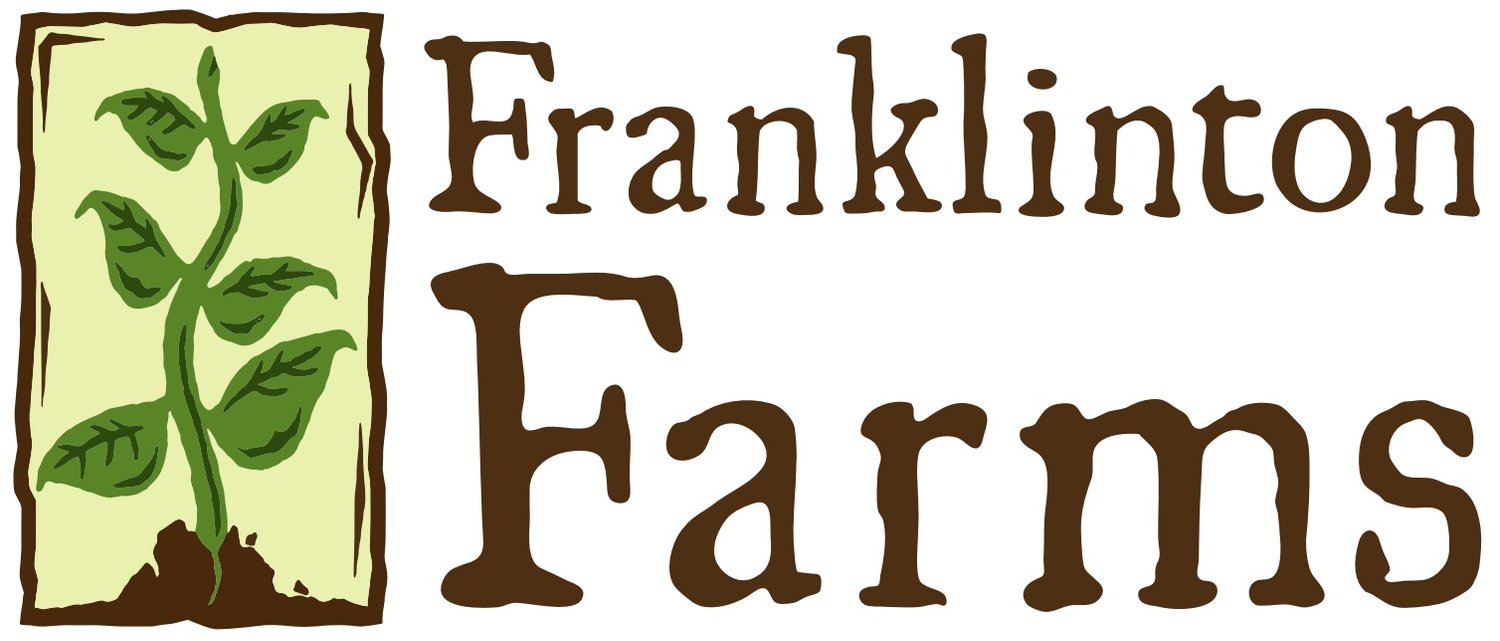Bees Have Emotions
*Gasp* “There’s a bee!”
“Woah. He’s collecting pollen from the coneflower. Do you know what he uses pollen for?”
“Honey… he’s happy!”
Fear, to admiration, to connection – I watched it all happen to the young preschooler in front of me. Understandably so, he had been nervous about the many pollinators flying through the Patrick Kauffman Learning Garden (PKLG).
I asked Morgan Jack, our Therapeutic Garden Instructor, what the biggest change she sees in kids is, specifically kids who spend regular time in the garden. She said confidence, specifically, the confidence to be vulnerable.
The PKLG is an ideal setting for child-led and hands-on learning. The activity for the day? Coloring with flowers. Morgan explained that the kids could pick their own flowers, crush them up, and discover each unique pigment. Each kid did their own thing: some added berries to their page, some gasped at the vibrant yellow streak made by a dandelion, and some made it their sole mission to find butterflies (abandoning the idea that they would collect any flowers!).
“If we pick all the flowers, the plants will be sad they have no food for the butterflies!”
I overheard the preschoolers discovering a lot of things that morning, but most often I heard them hypothesizing about the emotions of the bugs, bees, butterflies, and plants.
The young preschooler who had been beside me, nervously announcing the presence of bees, slowly began to process his comfort level and his own boundaries around the pollinators. How close was too close? Did he need an adult to be near him? With time, he became more comfortable and less afraid. Yet, he maintained a healthy distance, always running back to tell me when he had spotted a bee.
Often, we think of nature-based learning as a great way to incorporate movement and education into a child’s life, but it also gives children the opportunity to interact with, care for, and relate to living things. The preschoolers found ways to relate to the plants and animals by identifying emotions. The plants were sad because they had nothing to give the bees. The bee was happy to have found such a pollen-rich environment.
In just one morning, I watch kids grow more confident around unknown circumstances, as well as confidently name the emotions they felt and saw around them.





